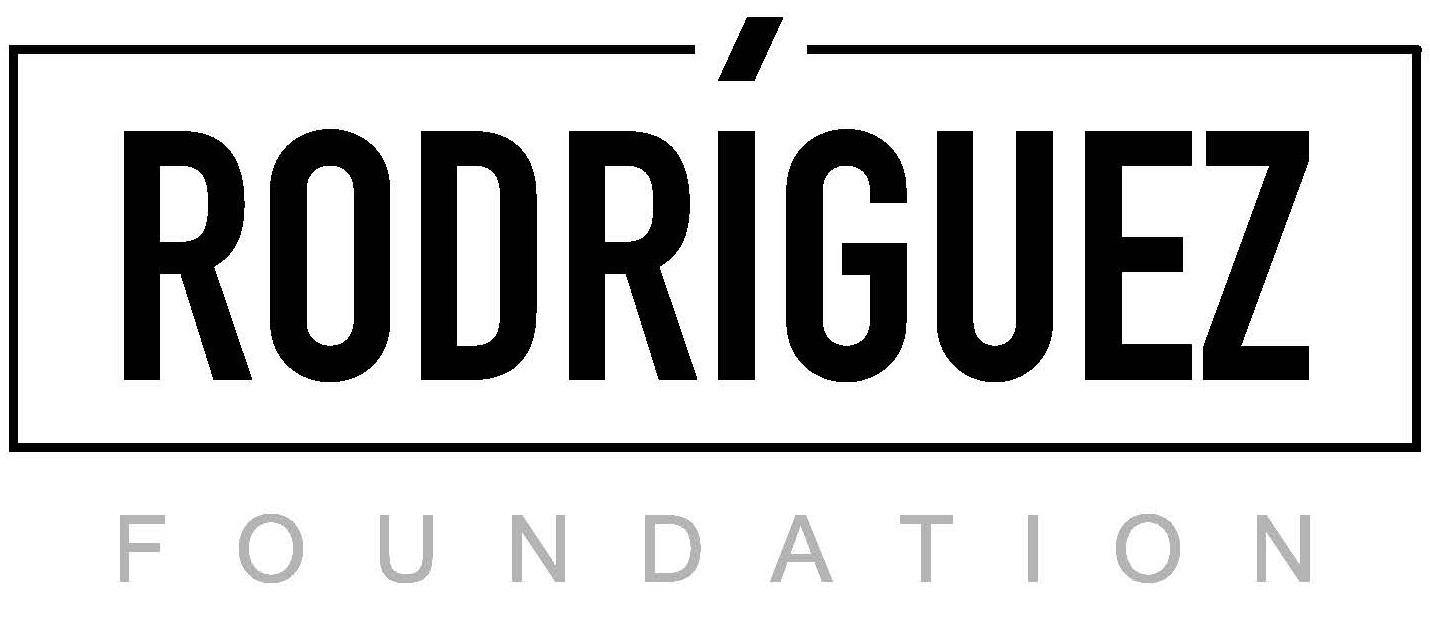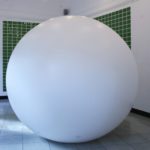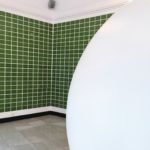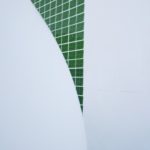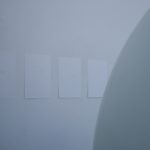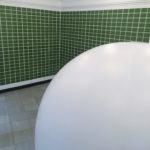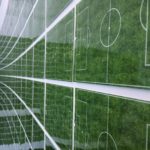Pep Vidal - How Green Was My Valley
23.9 - 4.10.2016
WARSAW GALLERY WEEKEND 2016
As explained in my statement, my work is based on infinitesimal changes that are extremely small and invisible to the eye until a bigger change happens. For example, a book that we’ve placed on a shelf, one day, unexpectedly falls. This happens in a precise moment, not before, not after. Everything necessary for this to happen in this moment and not other, is a chain of events partially chaotic and above all, invisible. Whatever has happened between putting the book on the shelf and the moment it falls, is what interest me. This invisibility of events is basically due to a lack of information, to our limitation to perceive things that could occur.
Three examples:
Example 1: One day I saw a chopped branch on the floor and I wanted to take it with me to my studio. I tried to pick it up, but I couldn’t; it was too heavy. Next to it there was another branch, much smaller, and I did the same thing obtaining the same result. In that moment I noticed the lack of information that I have of the elements that surround me. That is why sometimes we turn to the common knowledge to complete this lack of information and for a better understanding of other systems.
Example 2: In Infinitesimal Calculus subject at the university, I once had a professor who in order to demonstrate that between 0 and 1 exist infinite numbers, drew a line on the wall writing 0 in one end, and 1 in the other. This line represents the distance between 0 and 1 - he said. But if I get very close to the blackboard – and he did it so that he stained his nose white – now this line is not the distance between 0 and 1, but between 0 and 0.1. He repeated this action several times, changing to 0.01, 0.001, 0.0001, … and so on.
0 ---------- 1
0 ---------- 0.1
0 ---------- 0.01
0 ---------- 0.001
0 ---------- 0.0001
0 ---------- 0.00001
0 ---------- 0.000001
It was really clear to me with this example that everything is a matter of precision. The more precision you have when measuring or controlling something (a system), the bigger would be your knowledge about it (that system). For example, is not the same precision required when measuring some distance in a highway, that the distance covered by neutrinos travelling through the LHC (Large Hadron Collider). Therefore, according to the precision that we need, these two systems will be equal, indistinguishable or radically different. Most of the times, however, we cannot measure things with precision. Consequently, for an effective interaction with other systems (other elements, for example), we need intuition (previously acquired knowledge) to measure/gauge a system in a more or less fast/effective way.
Example 3: In Football pitch, 2016, series of 826 photographs, I eliminate what I intuitively consider that a 2.5m diameter sphere (white dot) would take up in a football pitch. The football pitch is normally used as a standard measurement unit. For example, 65 hectares of forest have been burnt, equivalent to 31 football pitches. As a child I didn’t understand why people use football pitches, but I did later: is an element that everybody, in some way or another, is familiar with. Therefore, here, eliminating intuitively (without making the maths) what I think the sphere would occupy, a dialogue is established between the standard and the perceptive/intuitive, referring to the interactions that we have with other mediums, in this case the size of a football pitch. The series of 826 photographs represents the totality needed to have a completely white pitch, meaning that up to 826 spheres of 2.5m diameter would fit in a football pitch. It must be remembered that is not a real calculation, easy to do, but a product of the intuition/perception.
Pep Vidal.
